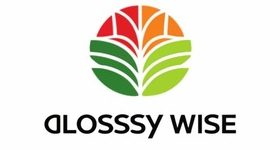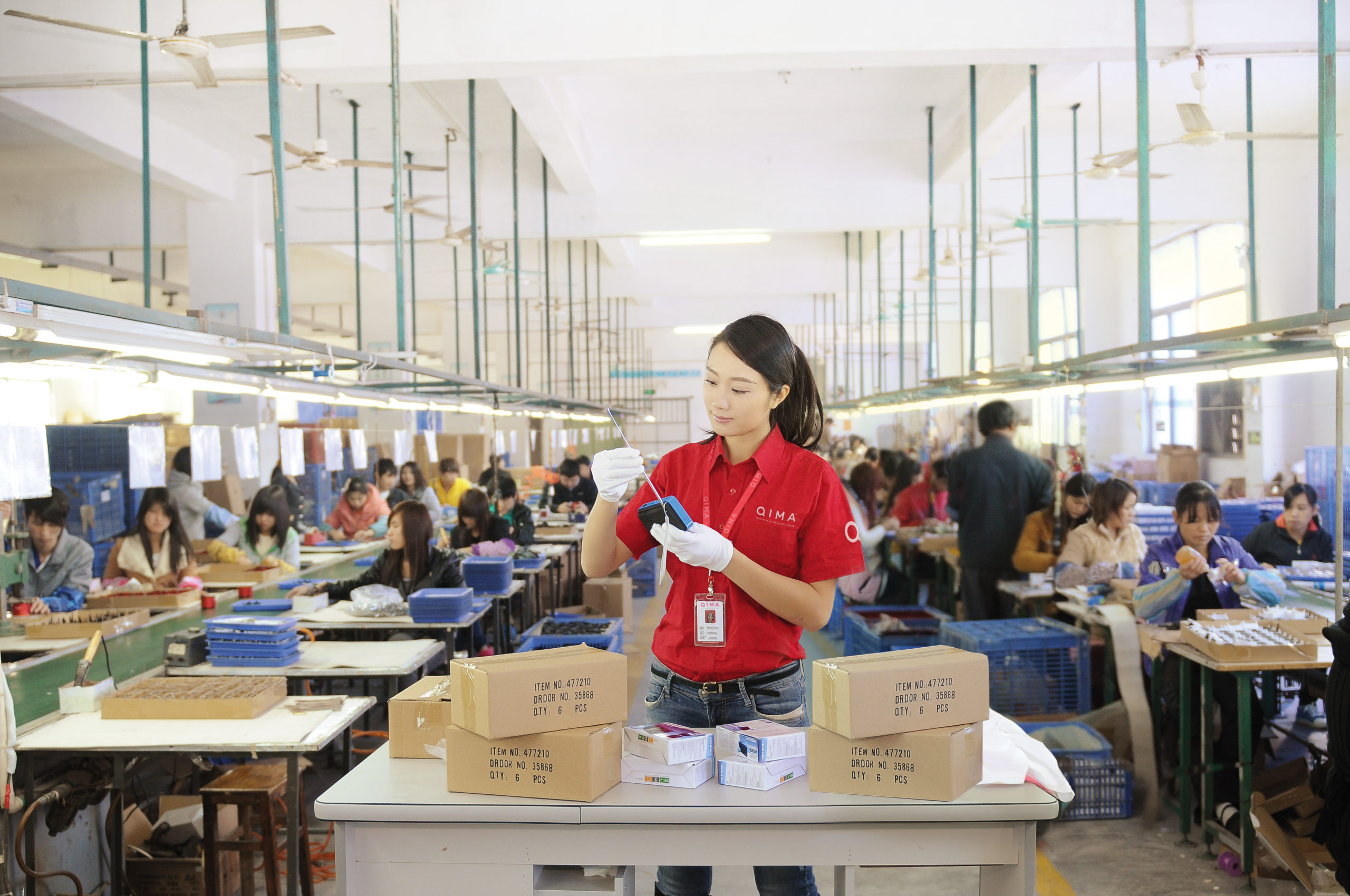For many years, China has been renowned as the global leader in manufacturing and exports a huge variety of products to all corners of the world. However, concerns about the quality of these goods have raised alarm bells for companies all over the globe. To address these concerns, businesses are allocating more resources to quality control and inspections of products produced in China.
This guide is essential to those importing, sourcing and managing the quality of goods from China, providing an exhaustive view of quality control, why it is essential and the inspection procedures used to ensure excellence in Chinese-manufactured products.
What is Quality Control?
Quality control is a methodical process that assesses products, services, or fabrication techniques for excellence to verify they abide by the necessary standards, guidelines, or legal obligations. Its purpose is to recognize and get rid of possible imperfections or differences that could affect the item’s security, capability, and practicality before they turn expensive to rectify or have a detrimental effect on the customer.
Quality control carries several advantages, for example; guaranteeing that consumers obtain premium goods that accommodate their requirements, lessening production expenses by pinpointing and fixing errors at the beginning of the creation process, making sure conformity with the law and escalating efficiency and productivity.
The Need for Quality Control in China
Despite its place as a leader in global manufacturing, there is much mistrust surrounding Chinese-made products due to past recalls and scandals. These issues, including lead contamination in children’s toys, electronics counterfeiting, and structurally-deficient building materials leading to collapses, are all related to a lack of appropriate standards and regulations, as well as inadequate oversight of these laws. As such, it is the responsibility of those importing these goods to set up quality control measures to protect against these issues.
Quality Control Procedures in China
The Chinese government is aware of the necessity of maintaining global standards for the goods manufactured in the country to maintain a competitive edge in the world market. To this end, it has put in place quality control regulations and procedures that involve inspecting and auditing all the products in order to ensure their compliance with quality and safety standards.
These measures extend to electrical items, textiles, items for children, and toys among other products.
Stay up to date with changes in the industry
To ensure excellent quality control in China, it is essential to stay abreast of changes within the manufacturing sector. To keep in the know, consider subscribing to industry publications or attending trade shows and conferences for valuable information regarding new technologies and practices that can be applied to your processes. Additionally, it is beneficial to keep an open dialogue with your suppliers, as they are likely to be well informed about shifts in the industry which could affect your product. Lastly, it is important to remain adaptable, as evolving conditions may necessitate adjustments to your processes in order to ensure top-tier quality. With the right amount of research, communication and adaptability, you can keep your quality control standards in China at the highest level.
Conclusion
Quality Control and Inspections in China should be taken as a crucial component for any business working in the area. This guide has shown the diversity of services offered, the protocols that must be observed, the expenses related to these services, and the phases necessary for a successful quality control and inspection program. When accomplished correctly, these services will not only make sure that the product adheres to standards but also improve customer satisfaction and foster brand commitment. With the information supplied by this guide, it is clear that through thoughtful planning and execution, companies can enjoy easy quality control and inspection procedures in China.

